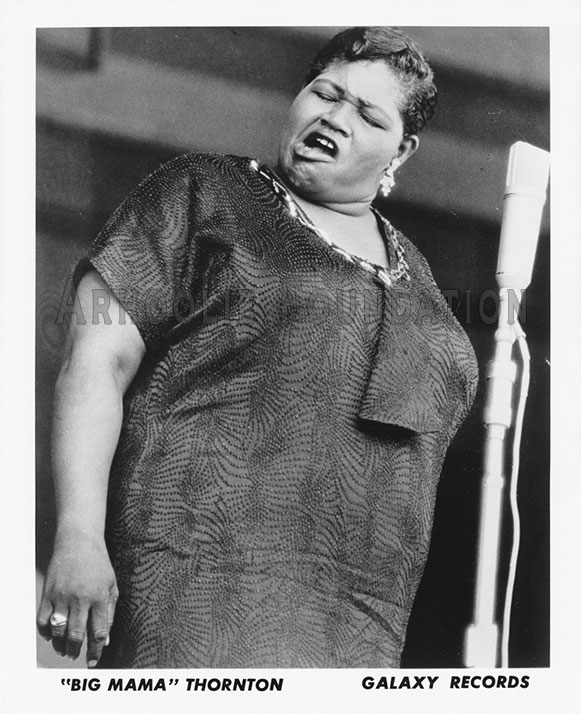Lesson 7
This lesson we analyzed songs in lots of different ways!
We started by analyzing the perspective of the song because they're learning about first, second, and third person in Language Arts. I played several songs and had them raise their hand when they had identified what the songs perspective was.
First person example: "We were both young when I first saw you. I closed my eyes..." (Love story by Taylor Swift)
Third person example: "Once there was a mermaid, swimming gracefully. When a spaceship started sinking deep into the sea..." (The astronaut and the mermaid by Cheri Call)
Second person example: "You ain't nothing but a hound dog. Crying all the time." (Hound dog by Elvis Presley)


After that we compared and contrasted Elvis Presley's version of Hound dog to Big Mama Thornton's version. We watched the video with Elvis dancing and Big Mama Thornton with all her attitude. They brought up how the key seemed different and the mood seemed different. One was more energetic and one was more chill. They liked the growly sound in Big Mama's voice. They also giggled when she ended with "And bow wow to you too."
After that we stood up to analyze song with movement. I knew they were learning about fossils so I turned on the classical piece called "Fossils" from Carnival of the Animals. I had made movements for the different sections of the song. There was small tapping on the desk, big patting on our laps, marching, "twinkling" of the hands and so forth. Afterwards, I helped them identify the pattern of the song through the repetition of the different moves. We found that the form of the song was roughly ABABCA1. They were able to identify that the last A was different because it didn't do the quiet tapping of the "dinosaur bones" like all the other A's started with but went straight to the louder version of the same rhythmic pattern.


We had a discussion about why the composer called the piece fossils and why he included a section that had "twinkle twinkle little star" in it. One of the students excitedly asked "Wait... Is the composer dead? Can we ask him?" I told him that he wasn't alive anymore. "So does that mean it's like a mystery left for us to discover??" he posed with excitement in his eyes. "Exactly!" I said. Students quickly raised their hands to say that the tapping part sounded like dinosaur bones. When it came to the "twinkle twinkle" question they weren't as sure. One student suggested that maybe it related to fossils because stars are rocks. Another offered that it might have to do with the dinosaurs dying by a meteorite from outer space. I thought these were good ideas.
Next, I explained to them what a song map was. The concept is rather abstract and I knew the class would understand easier with a demonstration. We turned on the song again and next to the letters of the song form I drew different abstract visuals and lines that matched what I was hearing in the music. They thought it was really impressive and cool, especially because the song was pretty long. I told them that they were each going to do their own, but that we would start with a beginner level. We sang twinkle twinkle and then I had them each do their own music maps to it. I told them that they would need to guide someone through their map and so it needed to be simple and easy to repeat the path to the music. This turned out to be a challenge for most of them. Some of them got it and I was really proud. Lots of them however seemed to be doing scribbles purposelessly.
I ended with talking about how just like each of them had unique music maps, each of us can have unique interpretations of music.
This lesson we analyzed songs in lots of different ways!
We started by analyzing the perspective of the song because they're learning about first, second, and third person in Language Arts. I played several songs and had them raise their hand when they had identified what the songs perspective was.
First person example: "We were both young when I first saw you. I closed my eyes..." (Love story by Taylor Swift)
Third person example: "Once there was a mermaid, swimming gracefully. When a spaceship started sinking deep into the sea..." (The astronaut and the mermaid by Cheri Call)
Second person example: "You ain't nothing but a hound dog. Crying all the time." (Hound dog by Elvis Presley)


After that we compared and contrasted Elvis Presley's version of Hound dog to Big Mama Thornton's version. We watched the video with Elvis dancing and Big Mama Thornton with all her attitude. They brought up how the key seemed different and the mood seemed different. One was more energetic and one was more chill. They liked the growly sound in Big Mama's voice. They also giggled when she ended with "And bow wow to you too."
After that we stood up to analyze song with movement. I knew they were learning about fossils so I turned on the classical piece called "Fossils" from Carnival of the Animals. I had made movements for the different sections of the song. There was small tapping on the desk, big patting on our laps, marching, "twinkling" of the hands and so forth. Afterwards, I helped them identify the pattern of the song through the repetition of the different moves. We found that the form of the song was roughly ABABCA1. They were able to identify that the last A was different because it didn't do the quiet tapping of the "dinosaur bones" like all the other A's started with but went straight to the louder version of the same rhythmic pattern.
We had a discussion about why the composer called the piece fossils and why he included a section that had "twinkle twinkle little star" in it. One of the students excitedly asked "Wait... Is the composer dead? Can we ask him?" I told him that he wasn't alive anymore. "So does that mean it's like a mystery left for us to discover??" he posed with excitement in his eyes. "Exactly!" I said. Students quickly raised their hands to say that the tapping part sounded like dinosaur bones. When it came to the "twinkle twinkle" question they weren't as sure. One student suggested that maybe it related to fossils because stars are rocks. Another offered that it might have to do with the dinosaurs dying by a meteorite from outer space. I thought these were good ideas.
Next, I explained to them what a song map was. The concept is rather abstract and I knew the class would understand easier with a demonstration. We turned on the song again and next to the letters of the song form I drew different abstract visuals and lines that matched what I was hearing in the music. They thought it was really impressive and cool, especially because the song was pretty long. I told them that they were each going to do their own, but that we would start with a beginner level. We sang twinkle twinkle and then I had them each do their own music maps to it. I told them that they would need to guide someone through their map and so it needed to be simple and easy to repeat the path to the music. This turned out to be a challenge for most of them. Some of them got it and I was really proud. Lots of them however seemed to be doing scribbles purposelessly.
I ended with talking about how just like each of them had unique music maps, each of us can have unique interpretations of music.
That does sound like a lot of analyzing in many ways! I loved your idea to use different songs to teach perspectives in language arts. I feel like that is an idea the students could draw back on again and again. I also appreciate that you used many styles/genres of music in your lesson in order to expose the students to several styles/genres that they might not be exposed to otherwise.
ReplyDelete